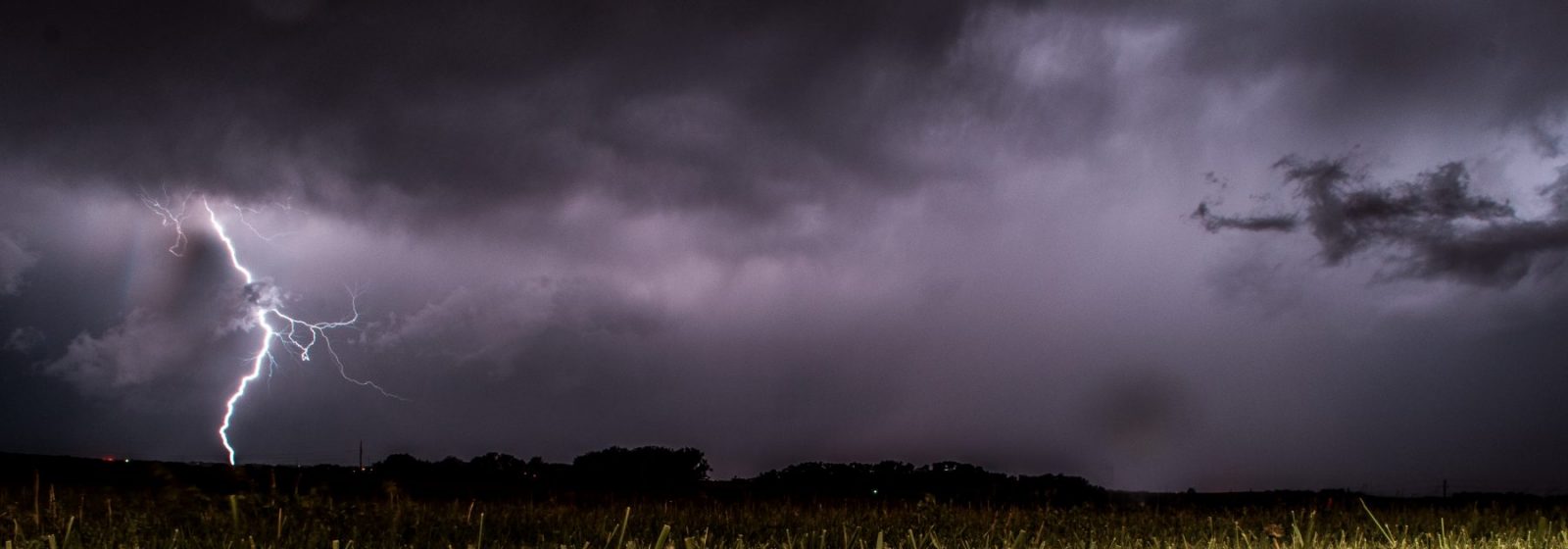Lead Your Way out of the Storm
When I first started in youth ministry I was shocked by how many problems I encountered that didn’t involve students. My church’s leadership struggled to find direction, confusing those of us trying to follow their lead. Some of my adult volunteers were in personal crises due to work and family situations, so they needed me to minister to them. Church budget shortages required me to do more with less. All around me obstacles ate at my time and kept me from doing what I loved: discipling students.
“All around me obstacles ate at my time and kept me from doing what I loved: discipling students.”
Most youth workers lead their ministries in the midst of a storm. We’re stuck reacting to problems, never able to get ahead of the squall. So most of our leadership is done under extreme pressure. Battered by the wind and waves of ministry, we succumb to the stress and end up hating our jobs.
But it doesn’t have to end that way. So grab an umbrella, don a poncho, and follow me through these three steps to lead your way out of the storm.
1. Prioritize
When the tornado sirens shriek and a funnel barrels your way, you don’t take the time to vacuum, make the bed, brush your teeth, and iron a suit for the occasion. You grab the essentials and run for the basement! Prioritization is just as essential when fighting the gales of ministry. Make a list of the three most important issues you must tackle for your ministry to thrive. This will mean leaving some problems behind. Leaders who try to tackle everything will never break out of the storm. Take on these priorities one at a time, making sure you’ve established committed leaders before moving on to the next priority.
You need to distinguish between strong winds and true storms. Winds may make you uncomfortable for a while, but they’re livable and they pass. Storms cause real damage. Devote your time to calming storms, not complaining about the wind.
2. Build Leaders
If you board up the windows for this storm, you’ll have to repair them again for the next. But train someone who’s dedicated to window reinforcement, and you can keep pushing forward. With each new storm, your goal should be to leave good people in place who will deal with future problems in a healthy manner.
Create a culture of leadership development. Don’t wait until you have the “right people,” because you never will. Instead, develop a process that generates the “right people” over and over again. One common denominator of every Christian leader unable to sail through a storm—they don’t have a crew of leaders they can trust to pilot the ship.
Building leaders takes time. And the process never ends. Prioritize developing leaders at all levels. Make leader-building an everyday activity. With one person mending the sails, another patching holes, and someone else bailing out water, you’ll be free to take the helm and navigate toward the light beyond the torrent.
3. Cast a New Vision
For some youth workers, storm living is the norm. They’ve resigned themselves to doing ministry with their heads underwater. Some leaders actually enjoy the thrill of fighting battles perpetually. But this burns out everyone else. So spare a thought for your team. Paint a picture for them of life beyond the storms. Share your priorities, invite them to lead, and break your culture of storm living.
There is a path out of the storm, but it will require time and dedication. Determine what’s top priority, develop a team around you, and cast a vision for a life outside the storm. Then you won’t just be leading a ministry in the storm, you’ll be leading your ministry out of the storm.
About the Author
Doug Franklin
Doug Franklin is the president of LeaderTreks, an innovative leadership development organization focusing on students and youth workers. Doug and his wife, Angie, live in West Chicago, Illinois. They don’t have any kids, but they have 2 dogs that think they are children. Diesel and Penelope are Weimaraners who never leave their side. Doug grew up in… Read More




